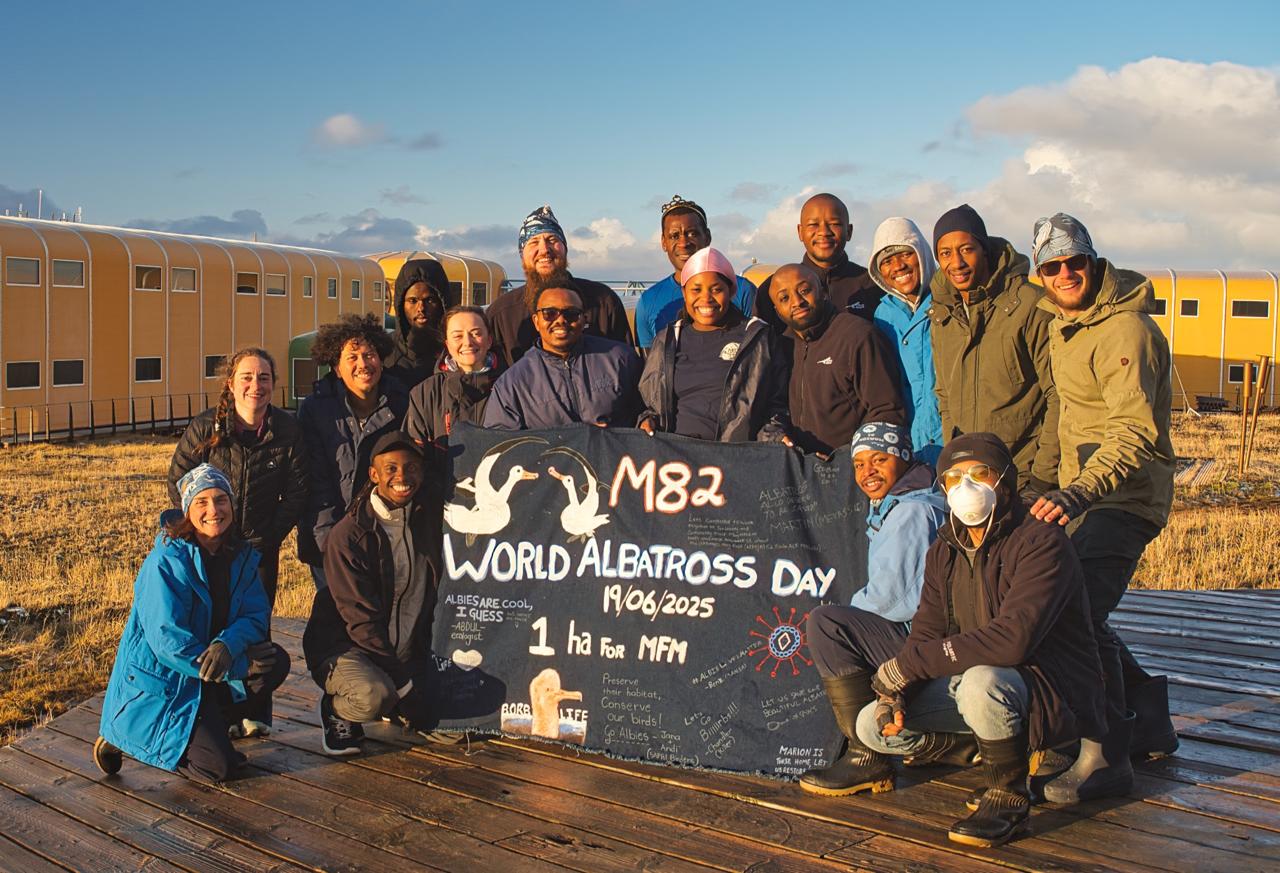 Members of Marion Island’s 82nd Overwintering Team with their World Albatross Day 2025 banner, replete with individual messages and the welcome news they have sponsored a hectare to the Saving Marion Island’s Seabirds: The Mouse-Free Marion (MFM) Project
Members of Marion Island’s 82nd Overwintering Team with their World Albatross Day 2025 banner, replete with individual messages and the welcome news they have sponsored a hectare to the Saving Marion Island’s Seabirds: The Mouse-Free Marion (MFM) Project
The inaugural year for World Albatross Day was 2020. In order to increase awareness of the day a request was made to seabird researchers and managers to make and display banners marking on (or close to) 19 June on islands where ACAP-listed species breed. The uptake was excellent with many islands being featured in the North Pacific and Southern Ocean (see the whole collection here). In 2021 a call was made for World Albatross Day banners to be taken to sea on fishing vessels. In the following years banners continued to be displayed on islands and elsewhere, including this year, the sixth that World Albatross Day has been celebrated, as the photo portfolio depicted here shows.
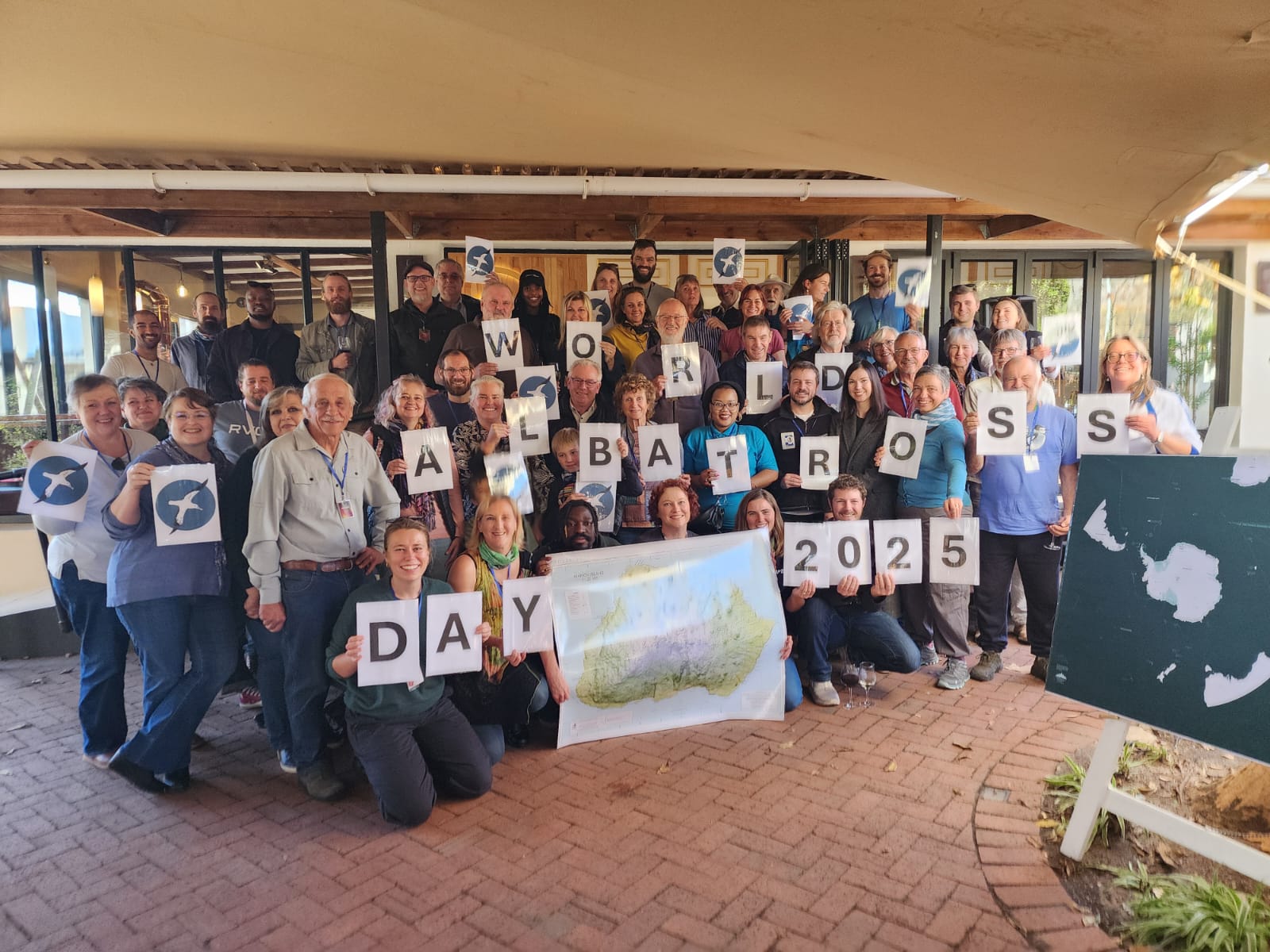
50 past and present members of the South African National Antarctic Programme and Antarctic Legacy of South Africa celebrate World Albatross Day at a Midwinter party in Franschhoek, South Africa on 21 June 2025, photograph by Ria Olivier, Antarctic Legacy of South Africa
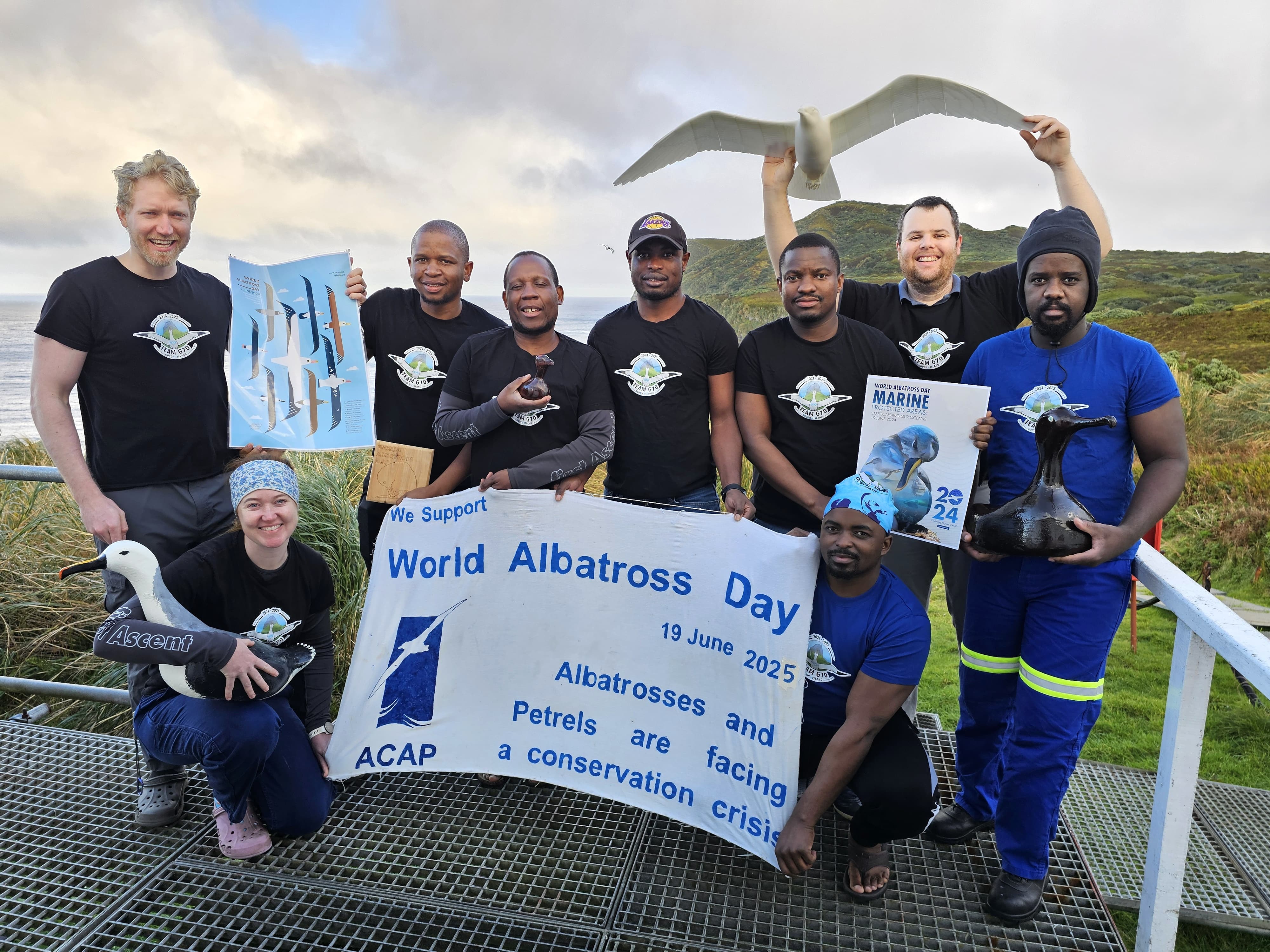
South Africa’s 2024/25 Overwintering Team (G70) on Gough Island with their World Albatross Day banner. Long-term ACAP supporter (and instigator of World Albatross Day) Michelle Risi (front, left) holds a wooden model of an Atlantic Yellow-nosed Albatross made by Kabelo Moabi (G64)
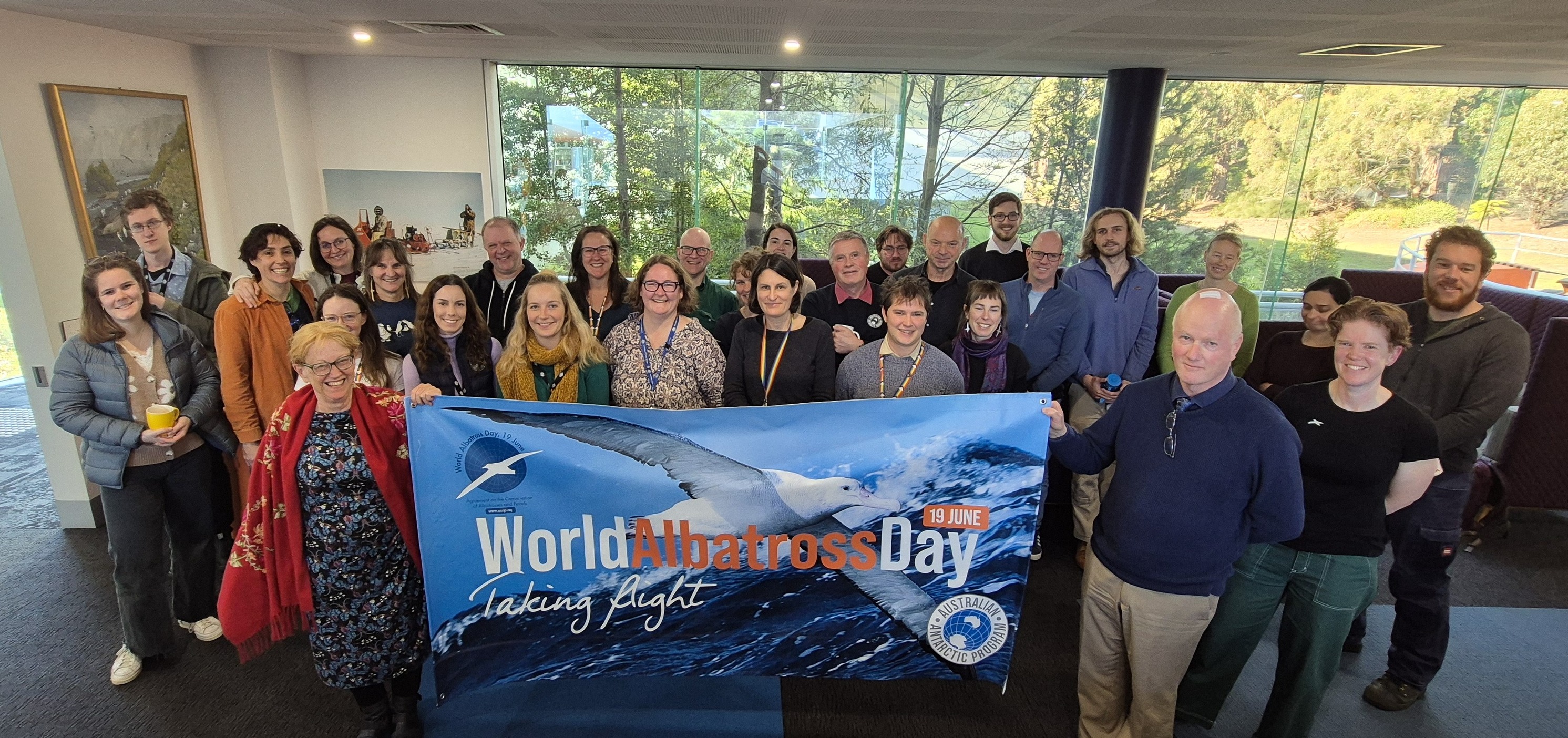
Staffers and guests at this year’s World Albatross Day morning tea at the Australian Antarctic Division on 19 June. Dr Christine Bogle, ACAP’s outgoing Executive Secretary, holds the World Albatross Day banner on the left, incoming ACAP Executive Secretary, Jonathon Barrington, holds the other end on the right. ACAP Advisory Committee Chair, Dr Mike Double, is at the back, sixth from the left (read more about the event here). Photograph by Wendy Pyper
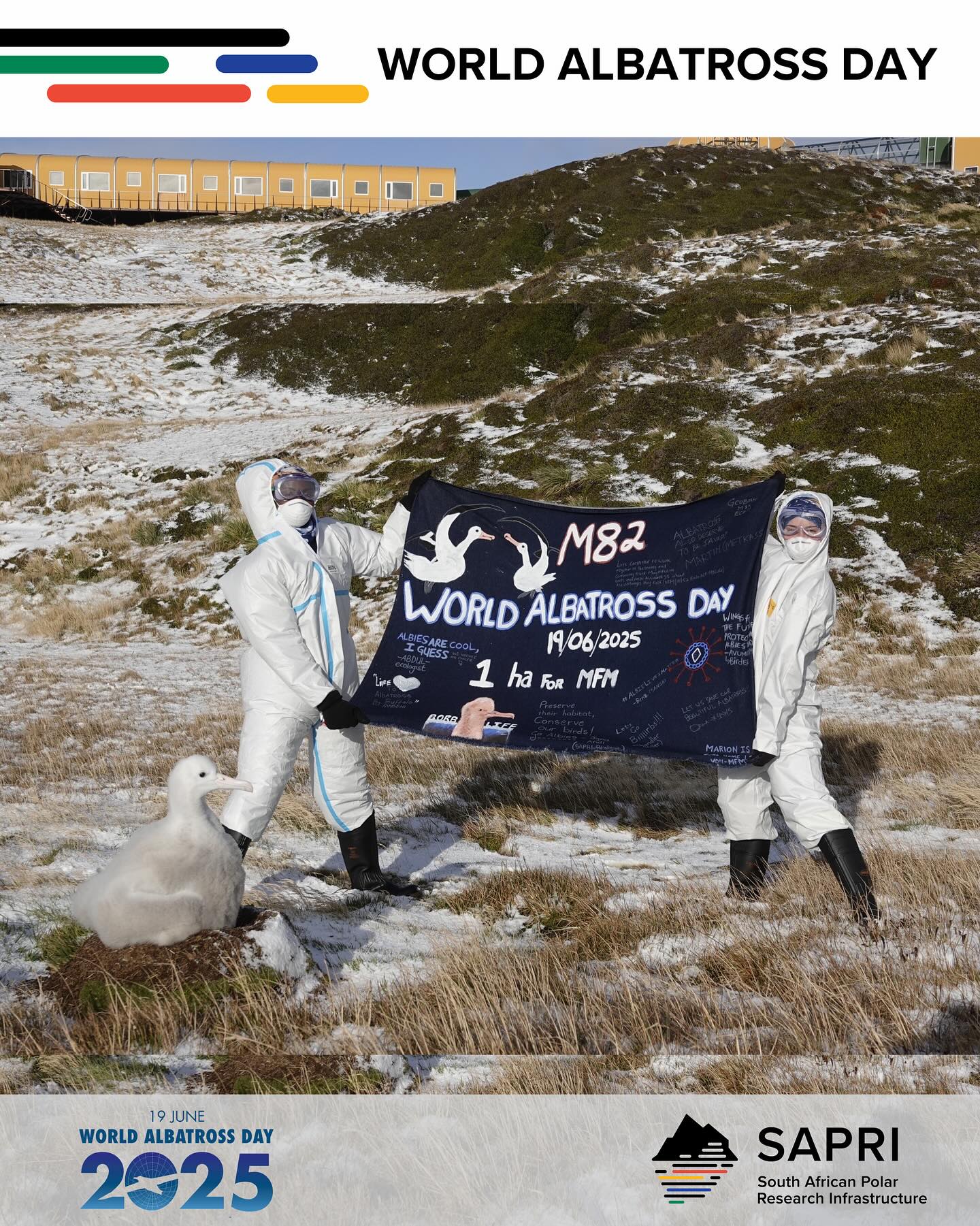
It was windy on Marion Island on World Albatross Day this year as a video clip shows! The White suits and masks are part of the island field researchers' HPAI avian flu protective kit for sampling
ACAP Latest News will be pleased to receive photographs of any more WAD2025 banners out there.
John Cooper, Emeritus Information Officer, Agreement on the Conservation of Albatrosses and Petrels, 26 June 2025

 English
English  Français
Français  Español
Español 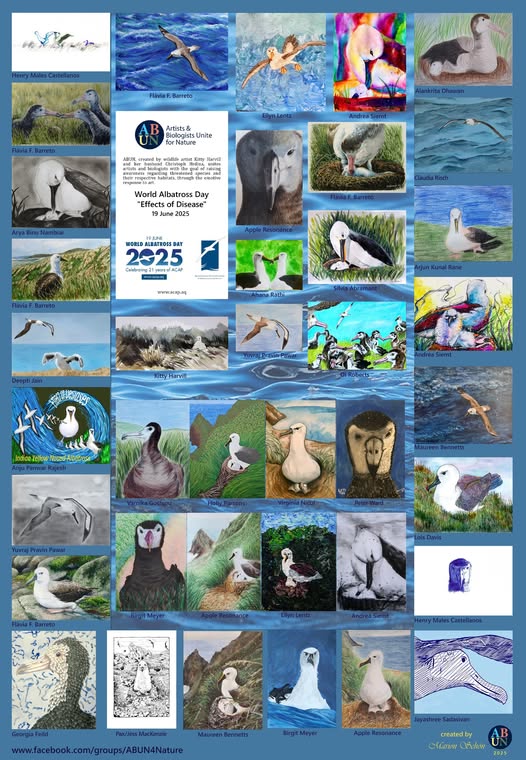
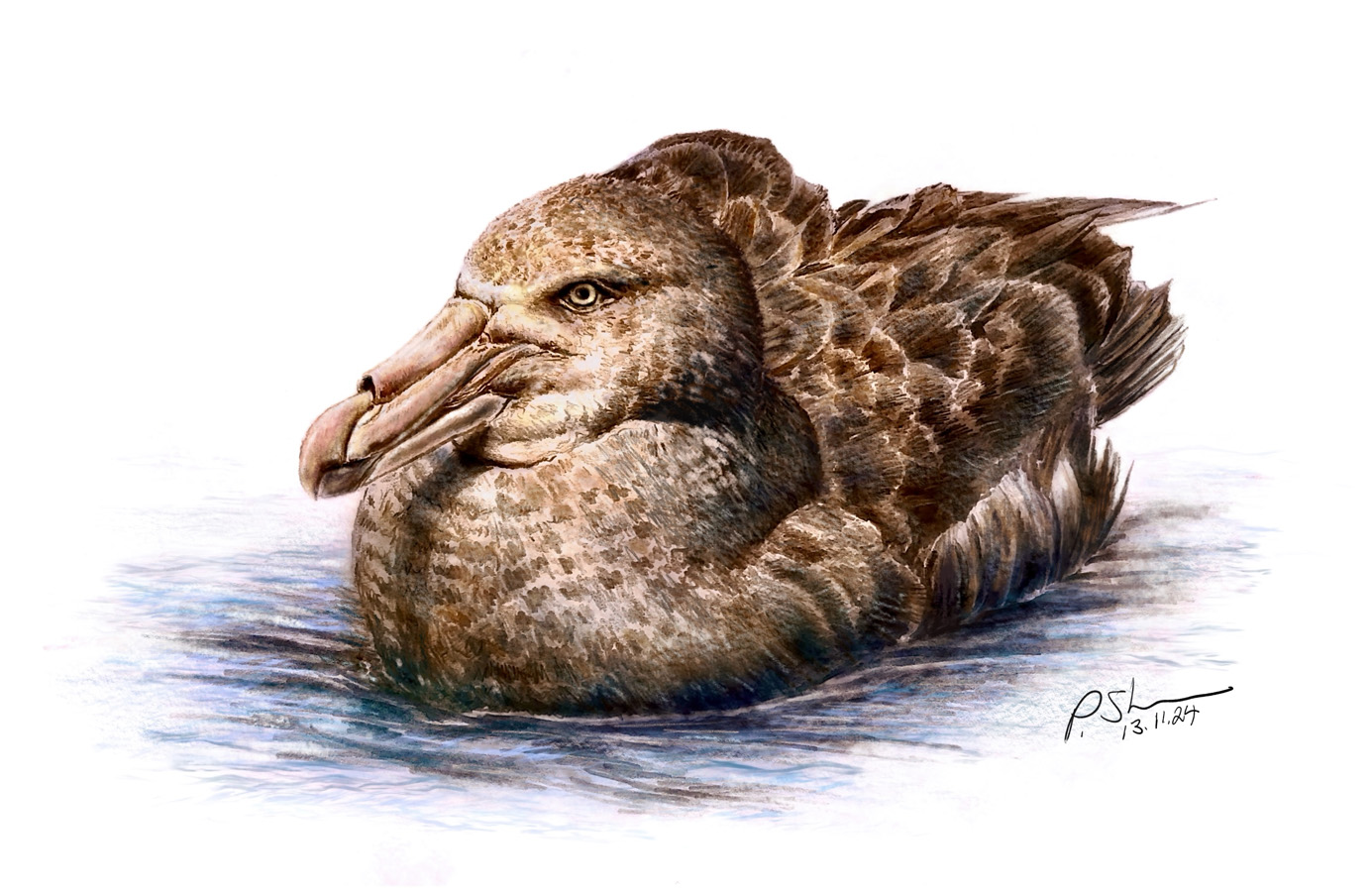
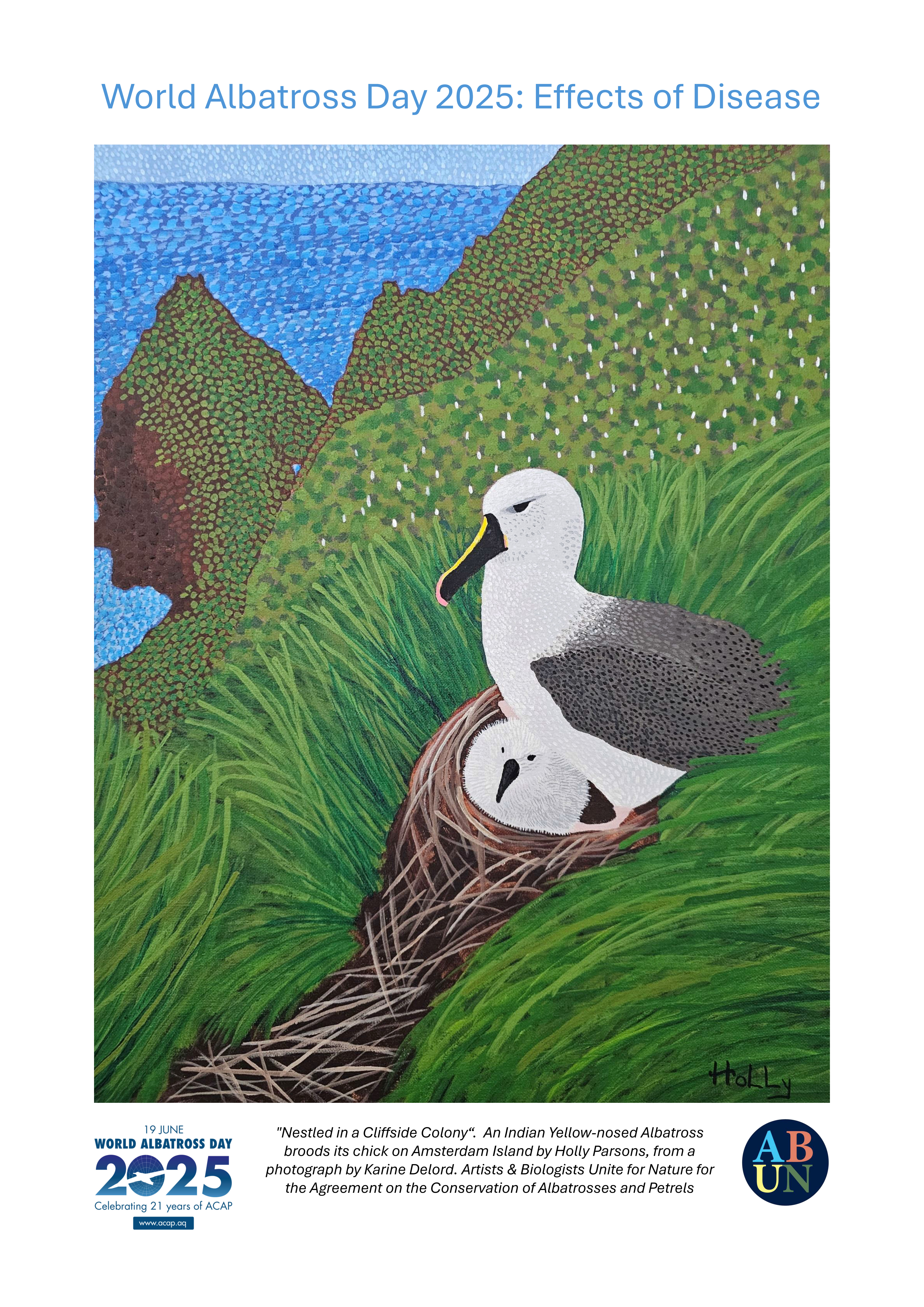
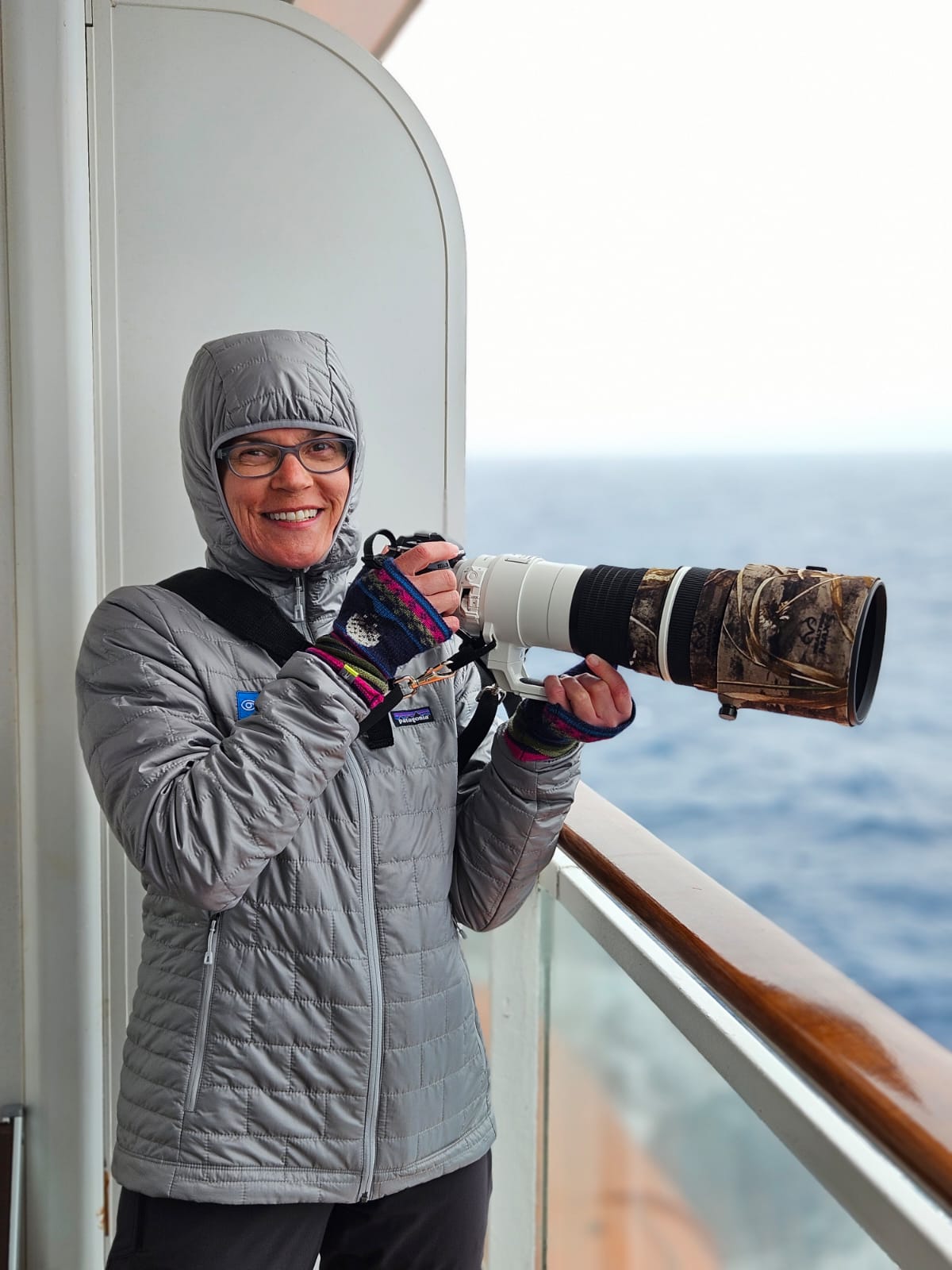
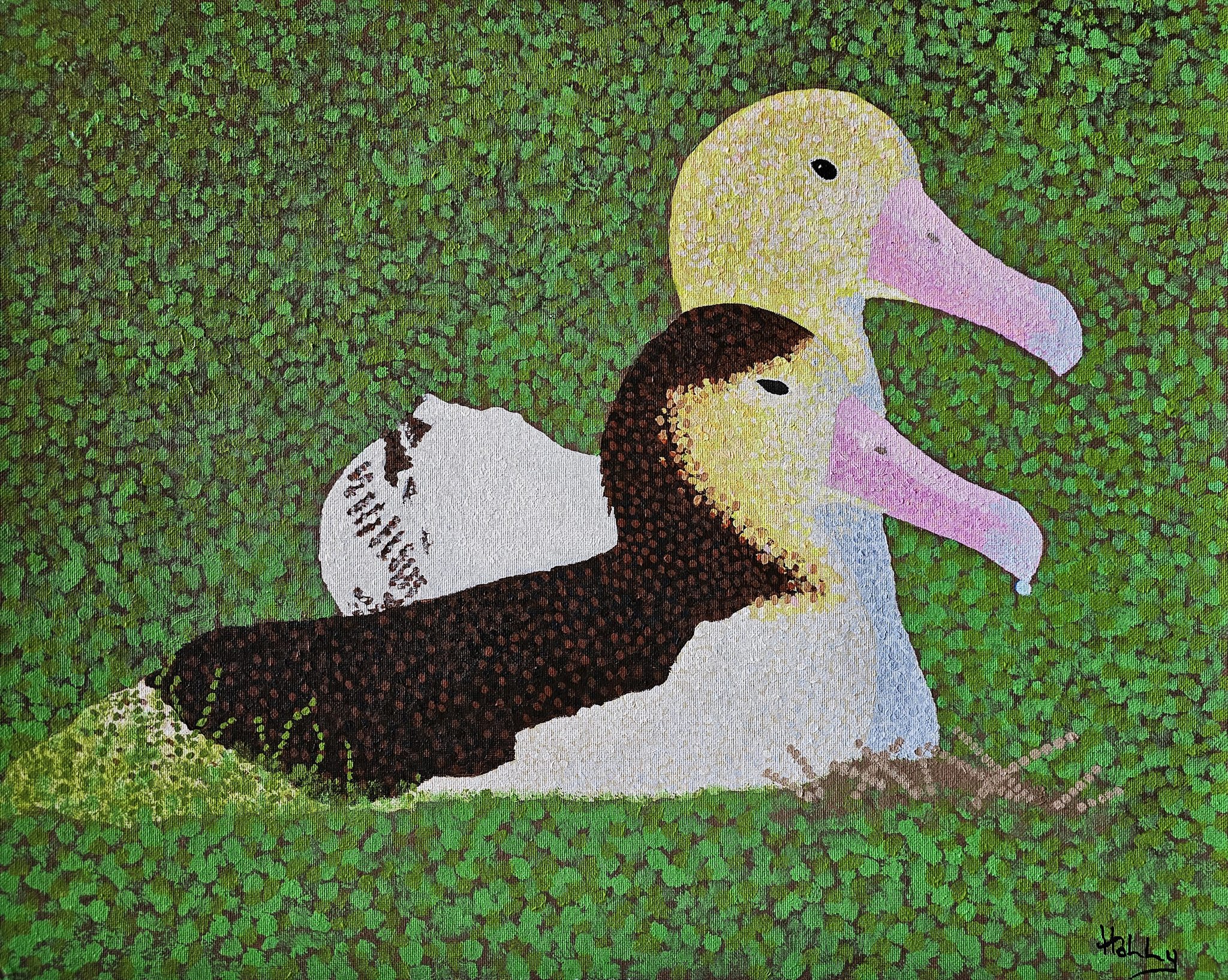
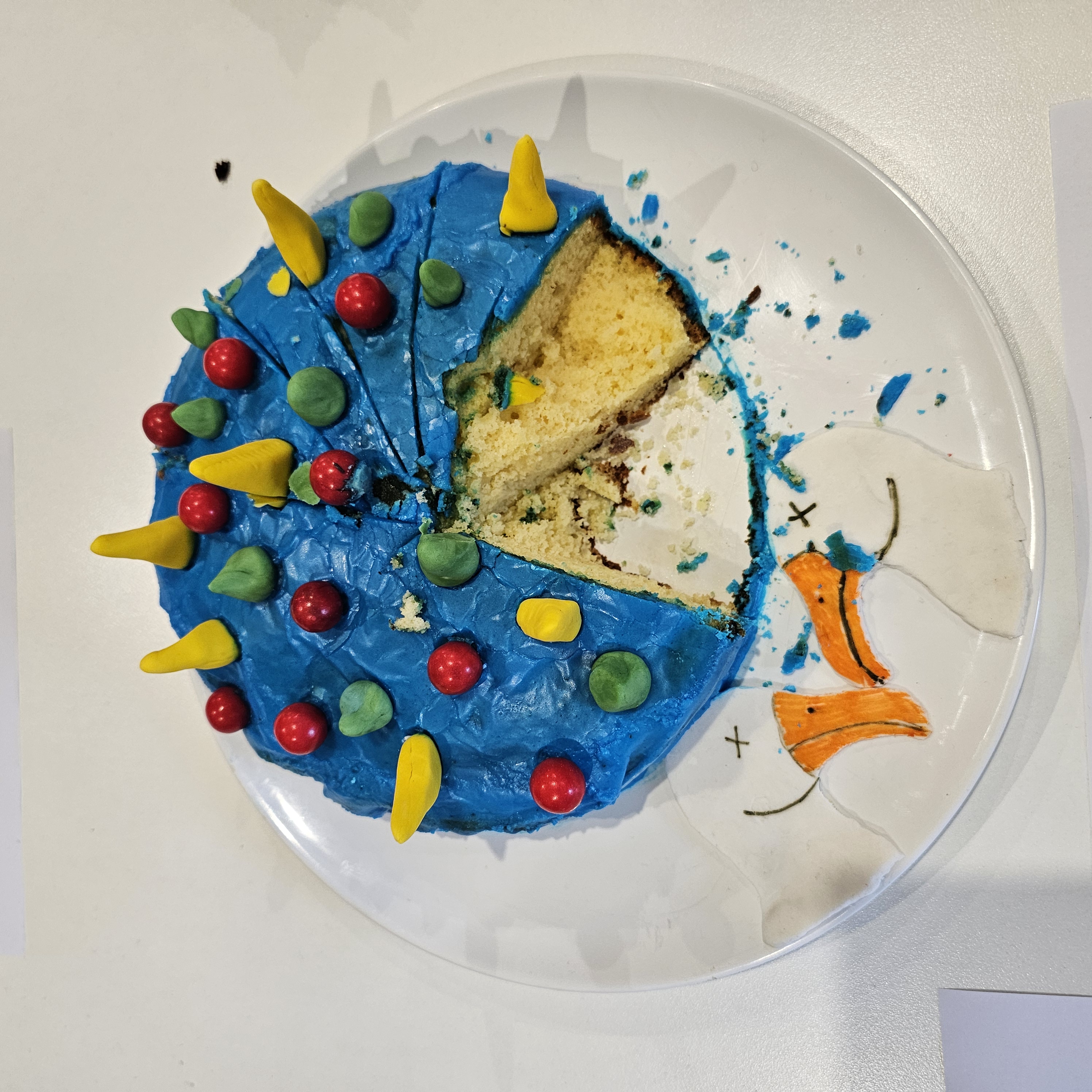 One of the theme-based cake offerings at the morning tea, depicting the Highly Pathogenic Avian Influenza virus - and quite a tasty treat! Photograph by Jonathon Barrington
One of the theme-based cake offerings at the morning tea, depicting the Highly Pathogenic Avian Influenza virus - and quite a tasty treat! Photograph by Jonathon Barrington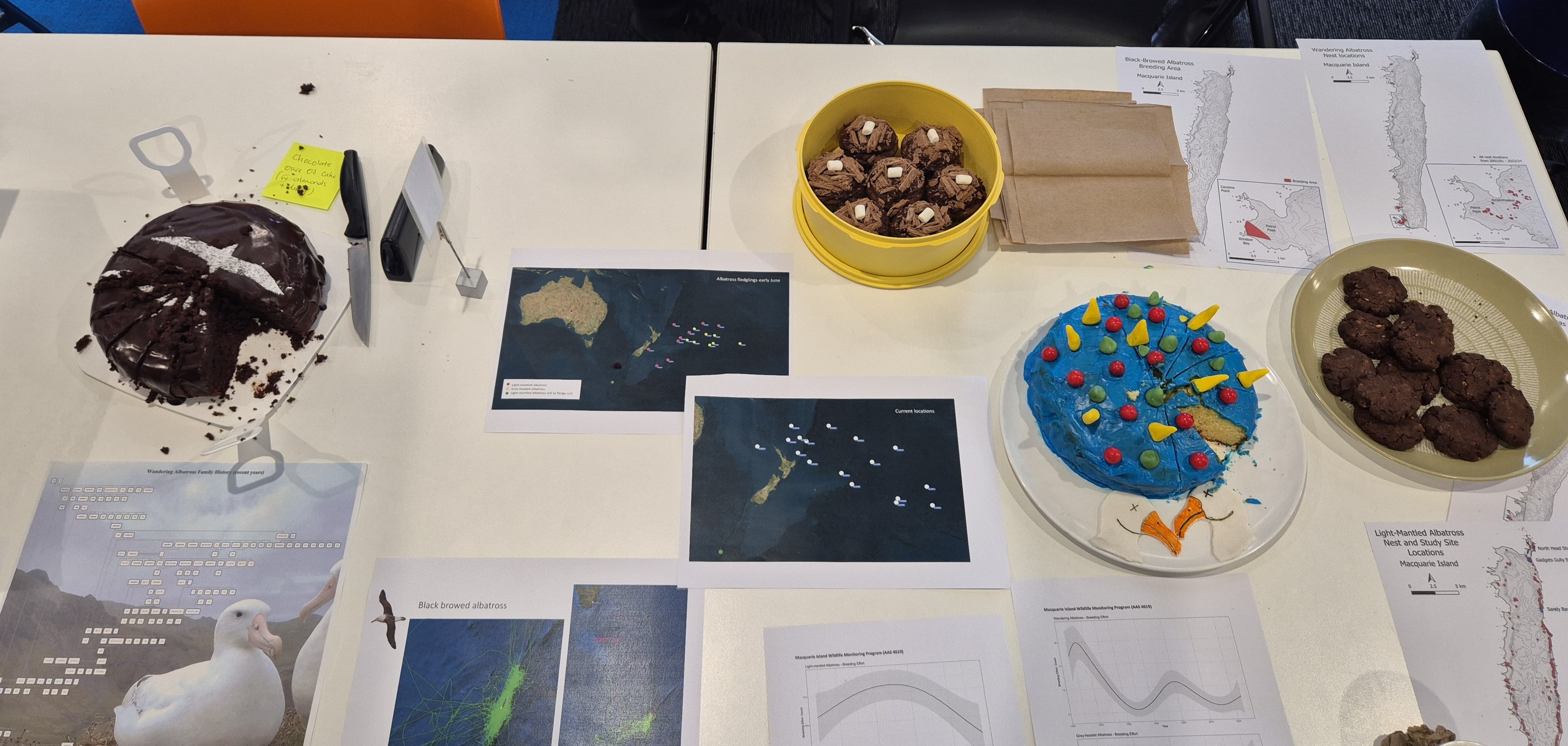 Albatross-themed confectionary on display at the Australian Antarctic Division’s World Albatross Day tea yesterday, photograph by Wendy Pyper
Albatross-themed confectionary on display at the Australian Antarctic Division’s World Albatross Day tea yesterday, photograph by Wendy Pyper